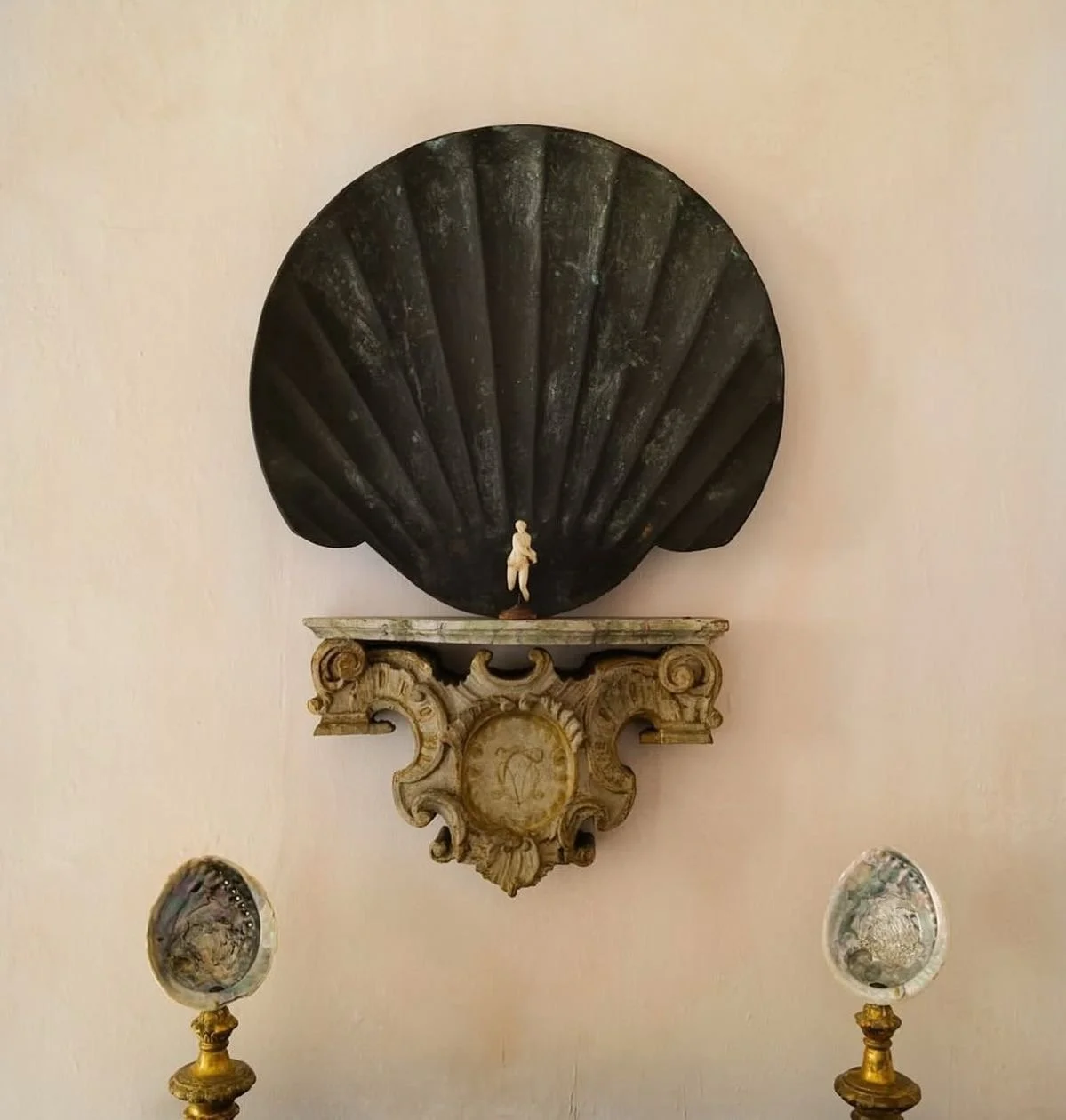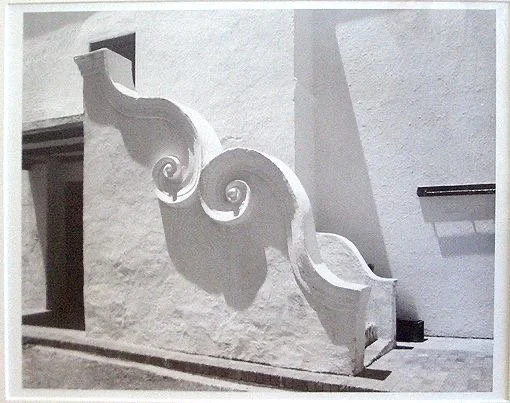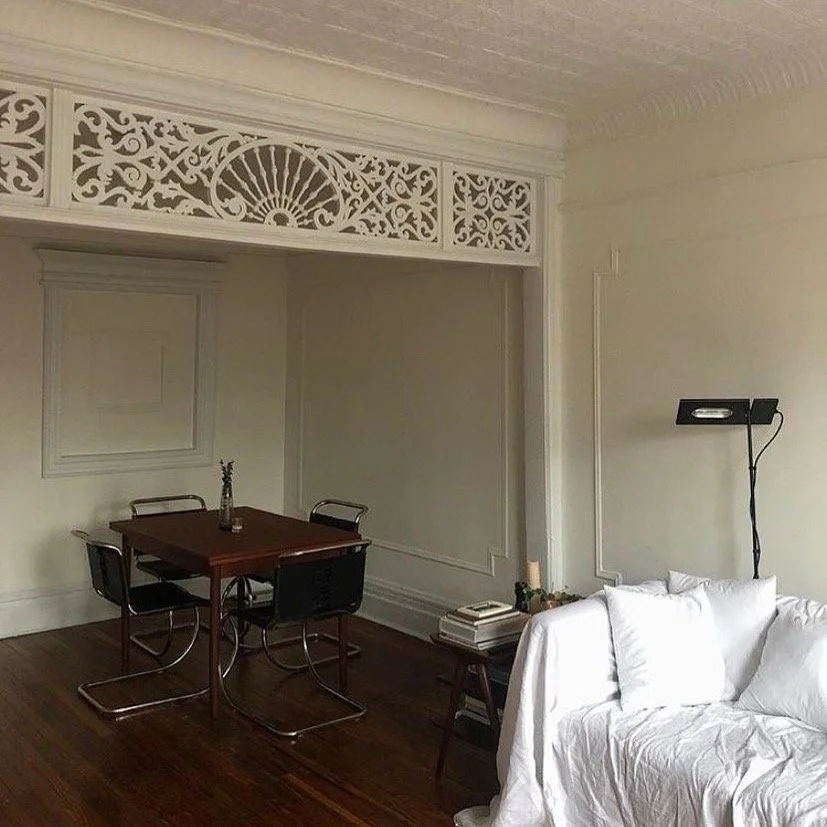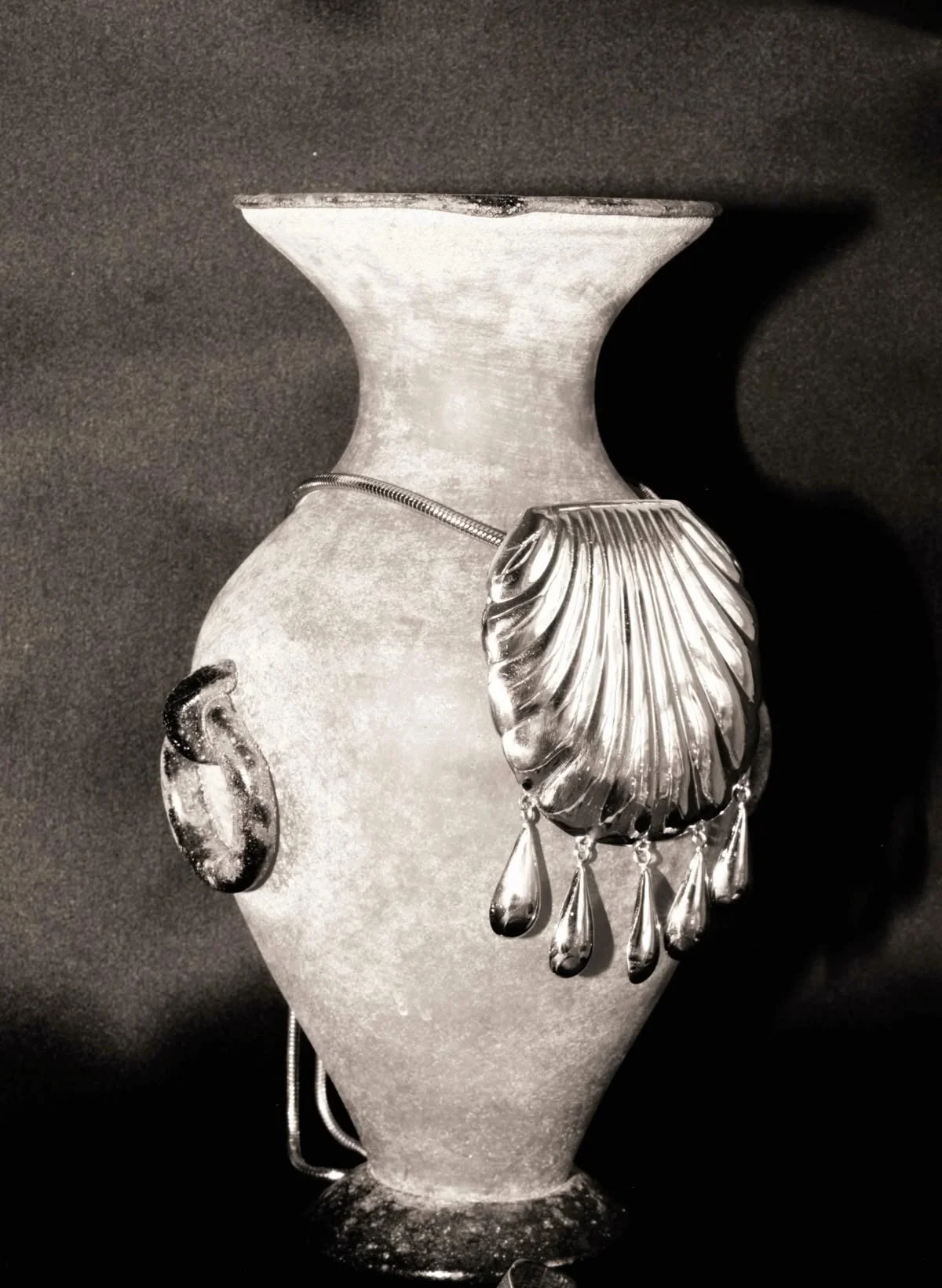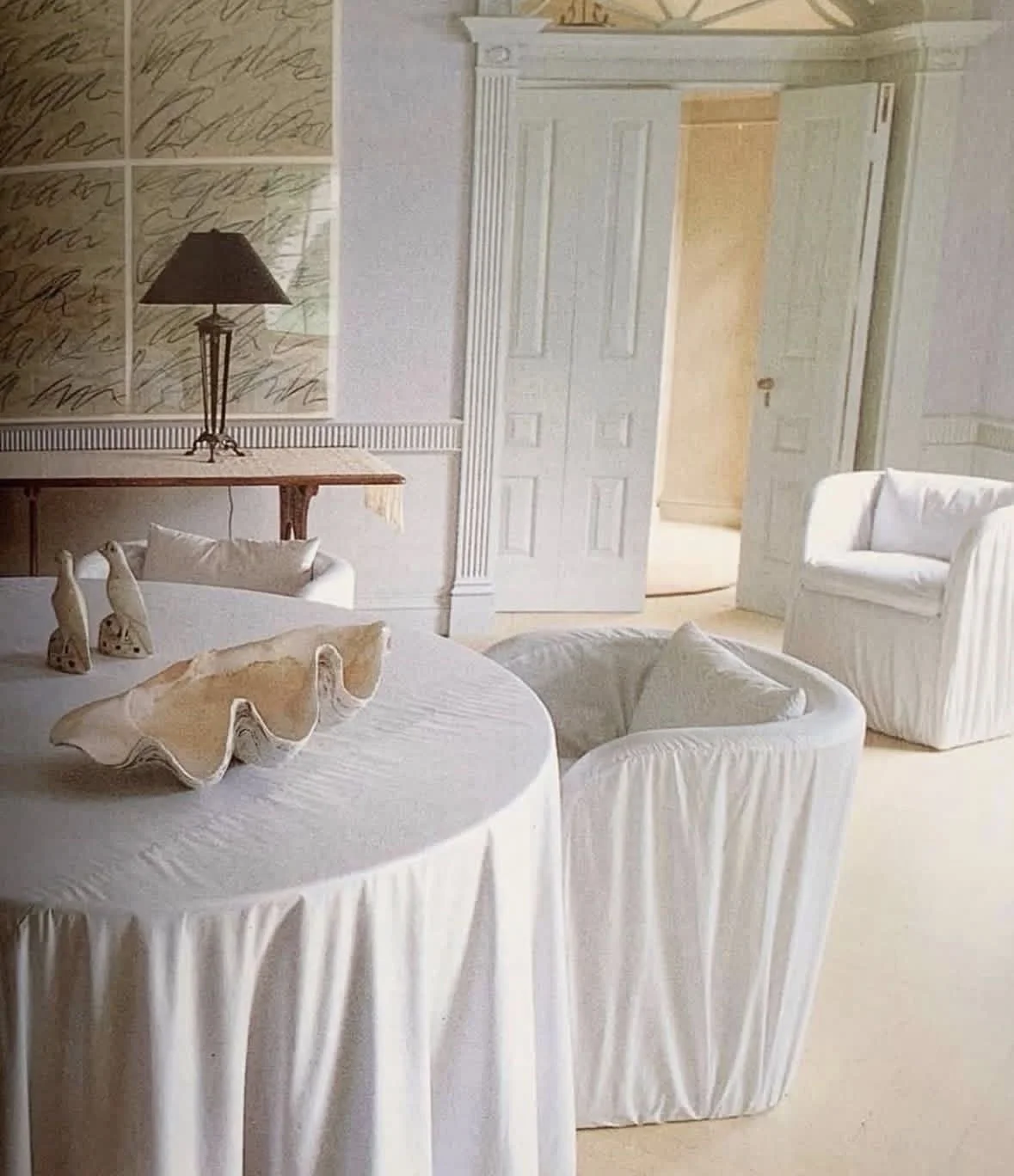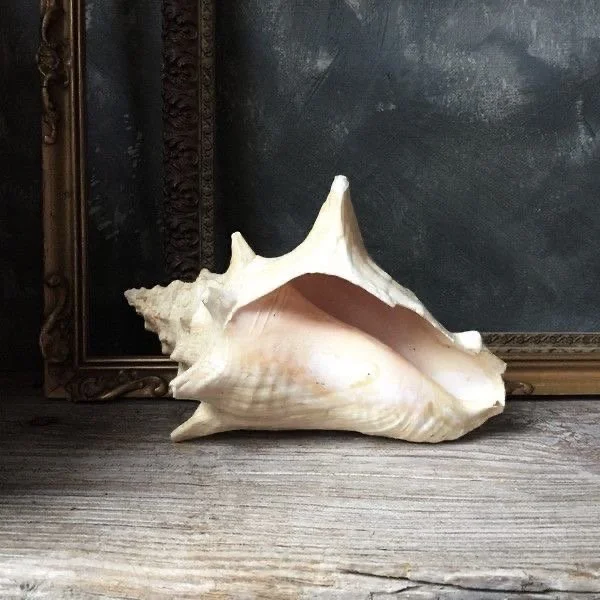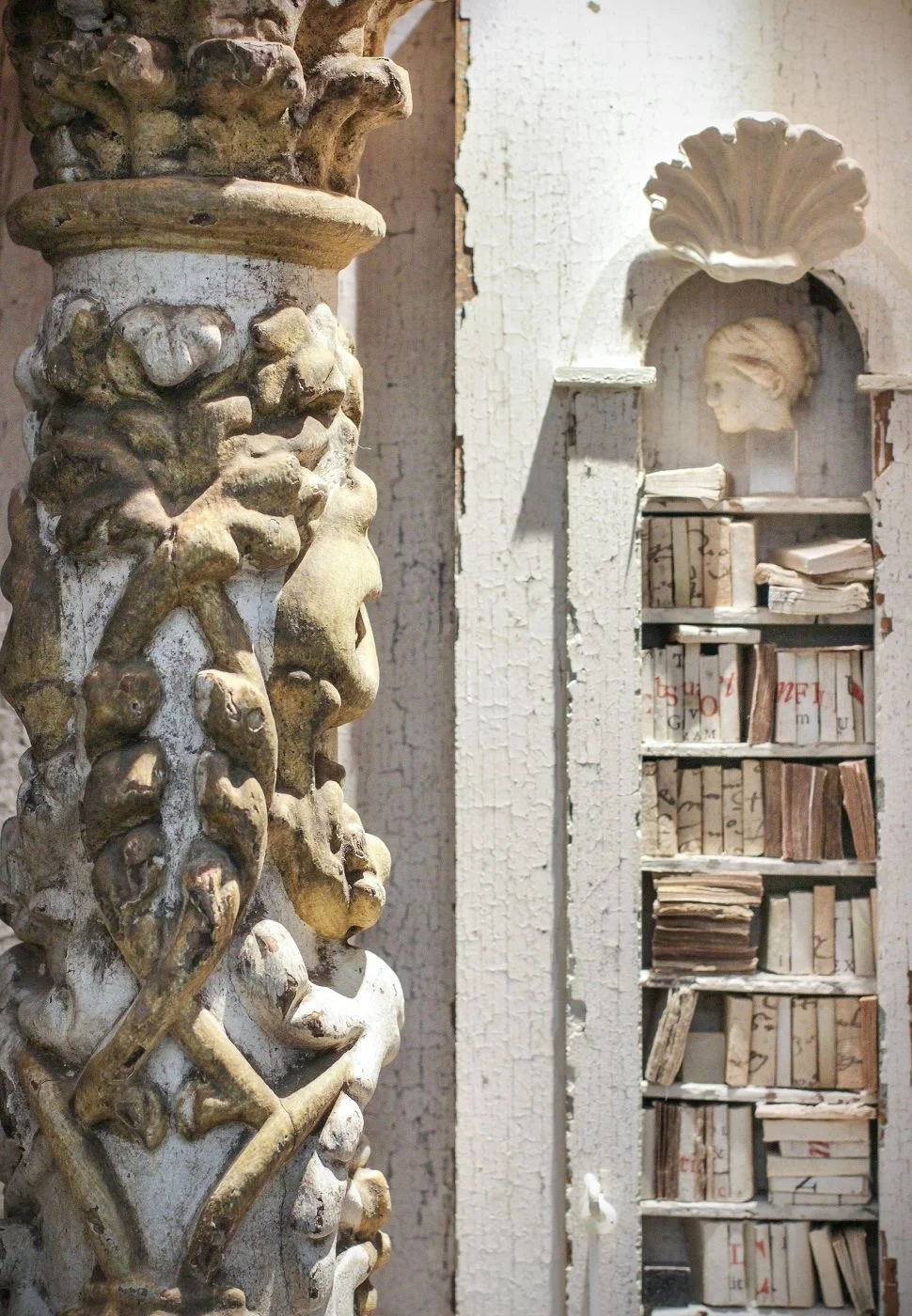Shells in Interiors: Symbols of Healing, Beauty, and Return.
Shells in Interiors: Symbols of Healing, Beauty, and Return
There’s something deeply soothing about the curve of a shell. Whether tucked on a windowsill, carved into a centuries-old chair, or painted across the ceiling of a chapel, shells have long been present in our homes and sacred spaces. Lately, we’ve been seeing them re-emerge in contemporary interiors - soft, scalloped edges in furniture, shell-shaped wall sconces, and the real thing resting like treasures on coffee tables.
Why are we so drawn to them, and what makes their presence feel timeless and healing?
The Innate Pull of Shells
Shells are remnants of the ocean’s mysterious world - tiny sculptures made by living creatures, formed over time with perfect symmetry and flow. They’re physical symbols of protection and vulnerability: once the home of a delicate animal, now an empty vessel holding memory and story.
Psychologically, shells invite us to return inward, mirroring their spiraling forms. The gentle curves and repetitive ridges are naturally calming to the human nervous system. It’s no wonder we instinctively place them in our homes, much like we bring flowers or crystals indoors — they connect us back to nature and the sea’s expansive, cleansing energy.
How to Work with Shells in Your Home
• As Natural Objects: Place a single, beautiful shell where you need stillness — like a meditation nook or bedside table.
• Through Form and Pattern: Choose scalloped upholstery, wave-like plasterwork, or carved wood details to bring subtle shell energy into your home.
• As Ritual Tools: Use shells in altar spaces to symbolise transformation, especially during times of transition.
Shell Motifs in Antique Design
Shells have been celebrated for centuries as motifs in furniture and architecture.
During the 18th century, the Rococo style (a movement that grew out of the Baroque period) placed shells front and center. The very name “Rococo” comes from rocaille, meaning “rock” or “shellwork.” Their asymmetrical, organic forms were considered the height of elegance and reflected the era’s love of playful curves, abundance, and movement.
You’ll find them carved into:
• The crests of antique mirrors
• Chair backs and settees
• Ornate plasterwork on walls and ceilings
• Decorative objects like clocks and gilded sconces
These motifs weren’t just decorative — they carried symbolic meaning. In Renaissance and Baroque art, the scallop shell often represented rebirth and divine protection, drawing on its long spiritual history.
The Spiritual Symbolism of Shells
Across cultures, shells have held sacred meaning.
• In Hinduism, the conch shell represents the voice of the divine and is used in ritual to purify spaces.
• In Christianity, the scallop shell is linked to pilgrimage and rebirth, most famously in depictions of Venus emerging from the sea, or in the symbol of St. James, guiding pilgrims along the Camino de Santiago.
• For ancient Greeks and Romans, shells were associated with the goddess Aphrodite (Venus), love, and creation.
On a spiritual level, shells are seen as vessels of transformation. They speak to cycles — birth, growth, release — and remind us that we, too, are constantly evolving. Bringing shells into your home can feel like an invitation to shed old layers, much like the ocean wears away a shell’s surface, revealing a soft inner glow.
The Return of Shells in Modern Interiors
Today, we’re seeing shells again — but with a softer, contemporary lens. As people seek calm, grounding spaces, shell-inspired design feels like a natural return.
• Scalloped edges are appearing in furniture and textiles, offering a romantic, feminine touch.
• Real shells are being styled on mantels and coffee tables, not as cluttered collections but as intentional altars, small symbols of serenity.
• Lighting designers are creating sculptural sconces and lamps that glow like seashells, bringing a warm, oceanic energy to a room.
This resurgence isn’t about nostalgia — it’s about healing and connection. In a time when the world feels noisy and chaotic, shells remind us of cycles, protection, and the quiet power of nature.
Why Baroque Architecture Loved Shells
The Baroque period was about awe, drama, and divine connection. Shells became a key motif because they embodied both mystery and majesty. Their natural symmetry aligned with the era’s fascination with sacred geometry, while their oceanic origins symbolized the vastness of creation.
In churches, shells were often placed above baptismal fonts, symbolizing purification and spiritual rebirth. Their curved, protective form echoed the womb — a visual metaphor for being born anew through faith.
